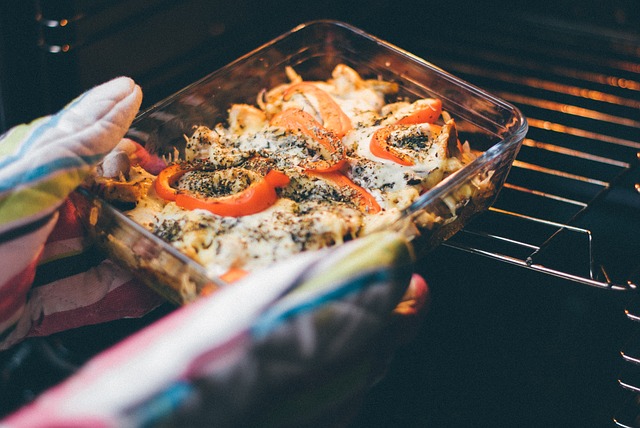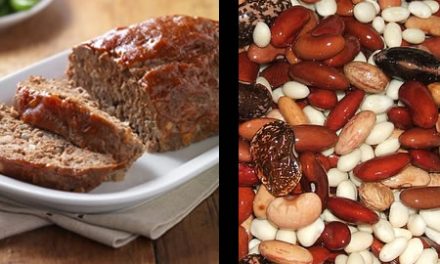Taking safe steps in handling, cooking and storing your food is essential in preventing food borne illnesses such as E. Coli and Salmonella.
The reality is, that you can’t see, smell, or taste the harmful bacteria that may cause someone to become ill.
And even if your food has been cooked to a safe temperature, all it takes is careless handling during preparation and plating to contaminate an entire meal.
In each step of your food preparation and serving, follow these four guidelines to keep food safe:
- Clean — Wash hands and surfaces often.
- Separate — Separate raw meat from other foods.
- Cook — Cook to the right temperature.
- Chill Out — Refrigerate food promptly.
Cook all foods to the following minimum internal temperatures. Use a food thermometer to measure the temperature before removing food from the heat source. If you personally prefer well-done food, then you can safely cook food to higher temperatures.
On the other hand, if you prefer rare meats, then cooking to an unsafe, low temperature is a risk for you and anyone else you are serving.
| Product | Minimum Internal Temperature & Rest Time |
|---|---|
| Beef, Pork, Veal & Lamb Steaks, chops, roasts | 145 °F (62.8 °C) and allow to rest for at least 3 minutes |
| Ground meats | 160 °F (71.1 °C) |
| Ham, fresh or smoked (uncooked) | 145 °F (62.8 °C) and allow to rest for at least 3 minutes |
| Fully Cooked Ham (to reheat) | Reheat cooked hams packaged in USDA-inspected plants to 140 °F (60 °C) and all others to 165 °F (73.9 °C). |
| Product | Minimum Internal Temperature |
|---|---|
| All Poultry (breasts, whole bird, legs, thighs, and wings, ground poultry, and stuffing) | 165 °F (73.9 °C) |
| Eggs | 160 °F (71.1 °C) |
| Fish & Shellfish | 145 °F (62.8 °C) |
| Leftovers | 165 °F (73.9 °C) |
| Casseroles | 165 °F (73.9 °C) |










